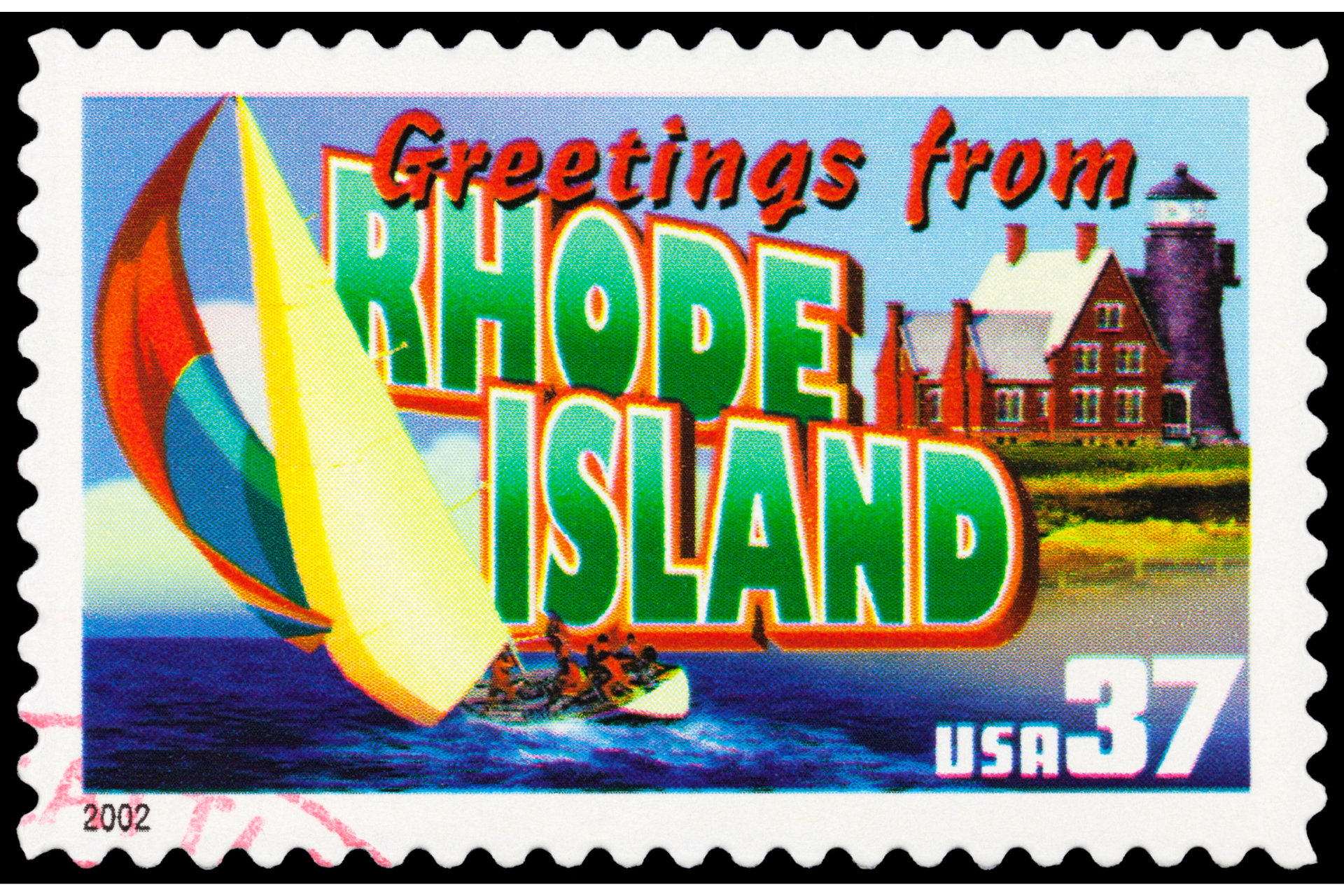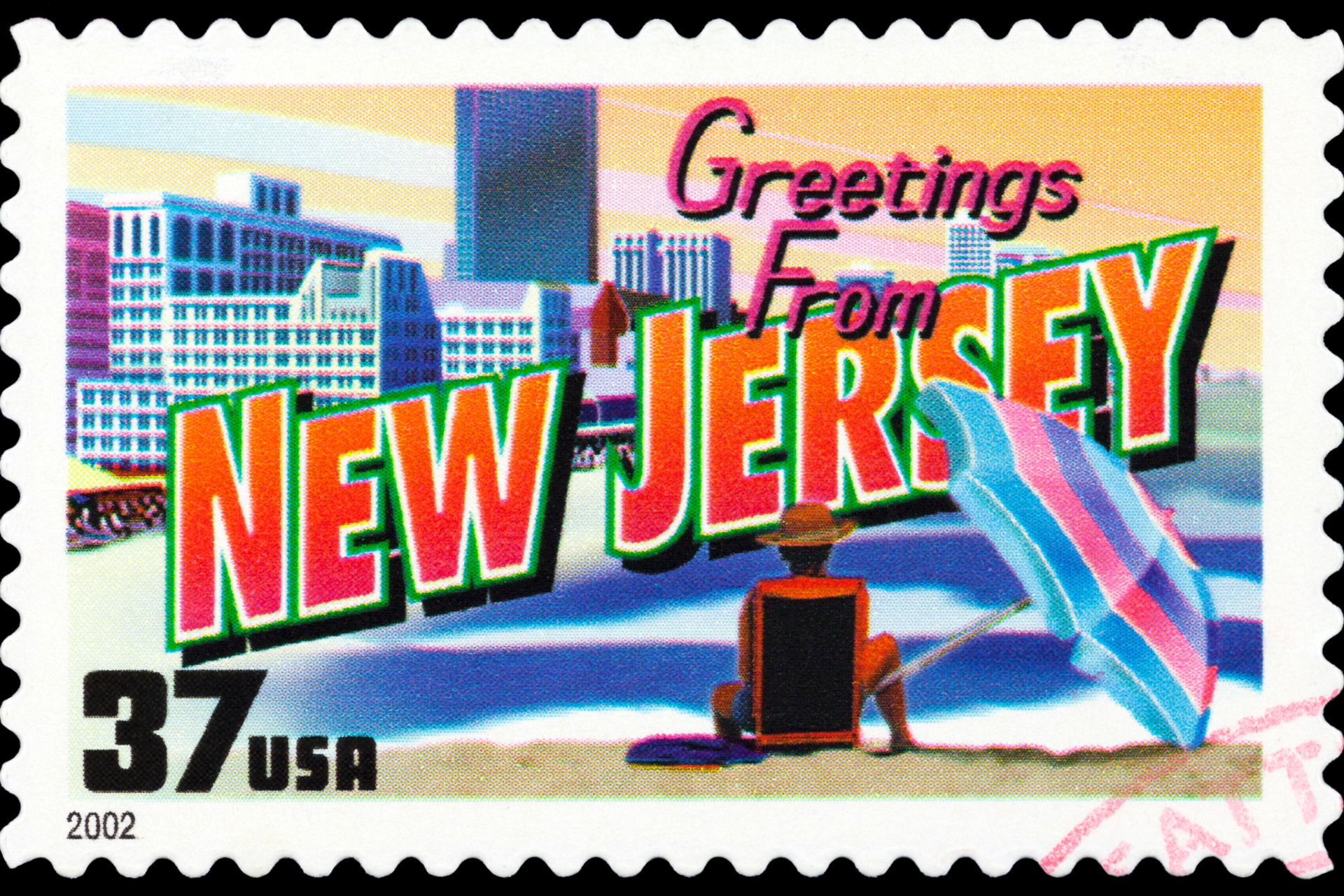In July, Marshall Islands Minister of Foreign Affairs Jack Ading testified before the Senate Committee on Energy and Natural Resources that the United States had not done enough to compensate the people of the Marshall Islands for the long-term effects of exposure to U.S. nuclear weapons testing from 1946-1958, a 12 year period during which the U.S. government dropped 67 nuclear bombs with a cumulative force equivalent to dropping 1.7 Hiroshima bombs each day.
“Preparing for a 1954 test at Bikini Atoll—one that would result in the largest U.S. nuclear detonation ever—U.S. military officials learned that a change in wind patterns threatened to bring fallout to inhabited atolls that had not been evacuated. They went ahead with the test anyway without warning the islanders, who were blanketed in radioactive fallout and had no idea what it was or that it was dangerous,” explained Ading. “Almost 70 percent of the children on Rongelap Atoll who were under 10 years old at the time of the blast eventually developed thyroid tumors. And many women from several atolls, Utrik for example, later gave birth to babies who resembled jellyfish and peeled grapes, incidents similar to mothers in Utah who were downwind from the Nevada test site. Some died at birth or after a few hours of life. Many other women had miscarriages.”
He continued to describe the horrifying consequences of the exposure. “The damage to our environment and our health caused by the U.S. nuclear testing program are not just a part of our history: They continue to plague us even today. For example, the people of Enewetak have lived in the shadow of a massive nuclear waste dump for over four decades. That waste dump, known as Runit Dome, contains 110,000 cubic yards of radioactive waste gathered from around the atoll decades after the nuclear weapons tests. The waste includes tons of plutonium-239 with a radioactive half-life of 24,100 years. The U.S. Department of Energy admits that radioactive material is leaking from Runit Dome into Enewetak’s lagoon, but we were told not to worry because the radioactive material already in the lagoon dwarfs the amount of radioactive material buried under Runit Dome. We need the U.S. to tell us: What are the health risks of living on the shores of a lagoon with a larger amount of radioactive material than the infamous Runit Dome nuclear waste dump?”
Proper compensation
“The U.S. has not come close to properly compensating the Marshallese people for the damage caused by the U.S. nuclear testing program,” said Ading. “The Compact of Free Association, through its agreement under Section 177, in Article IV established a Nuclear Claims Tribunal to adjudicate and pay substantiated and warranted claims. But the Tribunal was only able to pay a small fraction of the damages it awarded before it ran out of funds. In current dollars, the total amount of unpaid damage awards issued by the tribunal is more than $3 billion.”
Minister Ading went on to contrast the experience of people exposed to nuclear testing in Nevada to the experience of the people in the Marshall Islands.
“The ‘full settlement’ of nuclear claims agreed to by the Marshallese and the U.S. in 1986 was the result of a lopsided negotiation between a superpower and an impoverished island community,” Ading claimed. “It is not, however, too late to come to a fair and just resolution to this issue. The people of the Marshall Islands have sacrificed a great deal, wittingly or not, to help you win the Cold War and protect your freedom. We hope that you will not take our sacrifices for granted.”
Over the years, the U.S. State Department and Congress have refused to provide additional compensation for the Marshall Islands, insisting that the “full settlement” of nuclear claims had been completed and that no more funds would be provided.
Then what?
Just two weeks after Minister Ading testified before the Senate committee, the U.S. Senate passed a bill expanding the Radiation Exposure Compensation Act of 1990 to provide more compensation for those in Nevada and other states impacted by nuclear testing and mining in the U.S., but also people in Guam who were affected by the testing in the Marshall Islands. The people of the Republic of the Marshall Islands (RMI), however, were left out of the package.
“We have no issue with people of Guam qualifying for US nuclear compensation,” Marshall Islands Speaker Kenneth Kedi told Radio New Zealand. “But the fact that US authorities can tell the Marshall Islands there is ‘no more money’ for nuclear test exposure for people who lived through 67 of the largest US nuclear weapons tests ever conducted while at the same time preparing to expand compensation coverage for Americans is astounding.”
The Marshall Islands is a sovereign nation that has signed a Compact of Free Association with the United States. The Compact provides limited economic benefits that are expiring at the end of the month. As a foreign country, the RMI has no representation before Congress. Its people are citizens of the Marshall Islands and not U.S. citizens. Guam, a U.S. territory, has a non-voting delegate in the U.S. House of Representatives. There is no such thing as Guam citizenship – people born in Guam are U.S. citizens.


